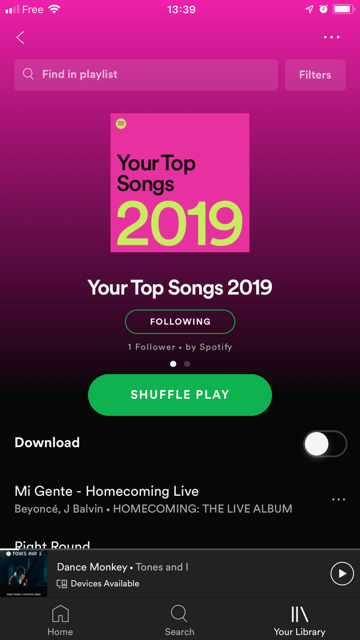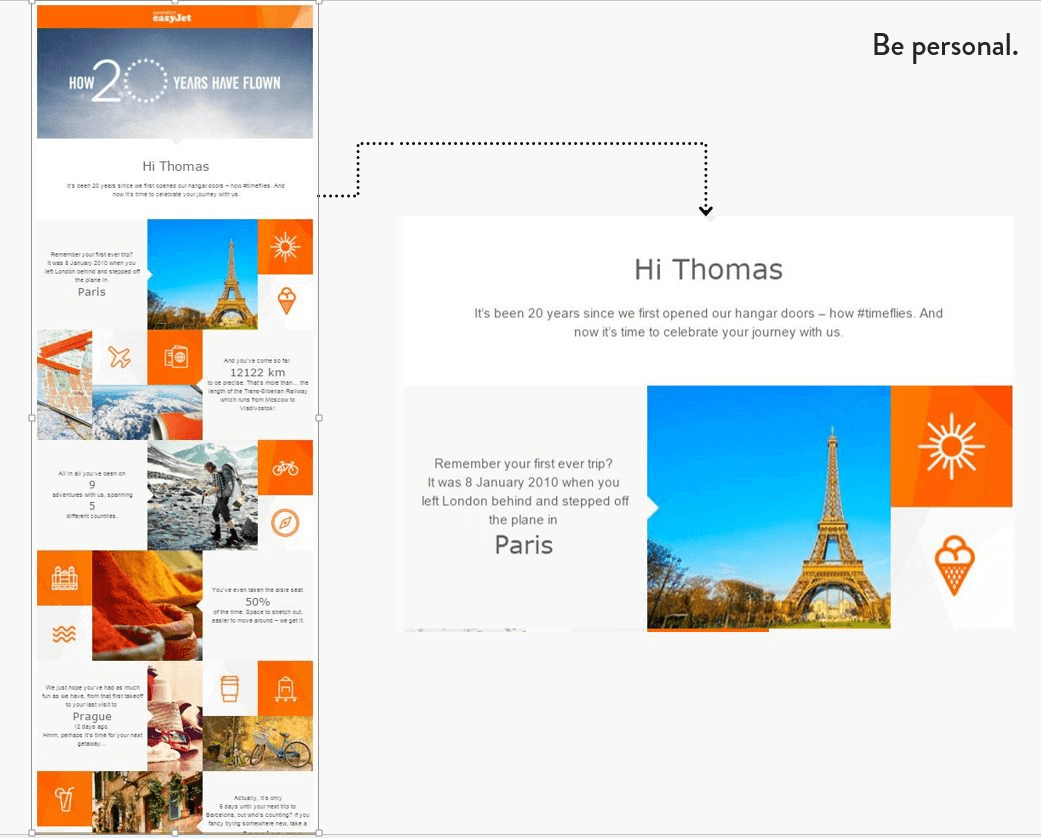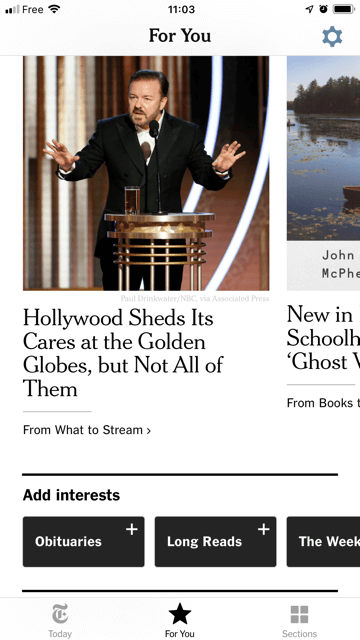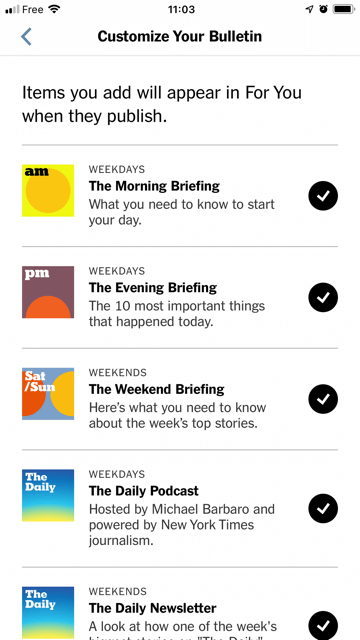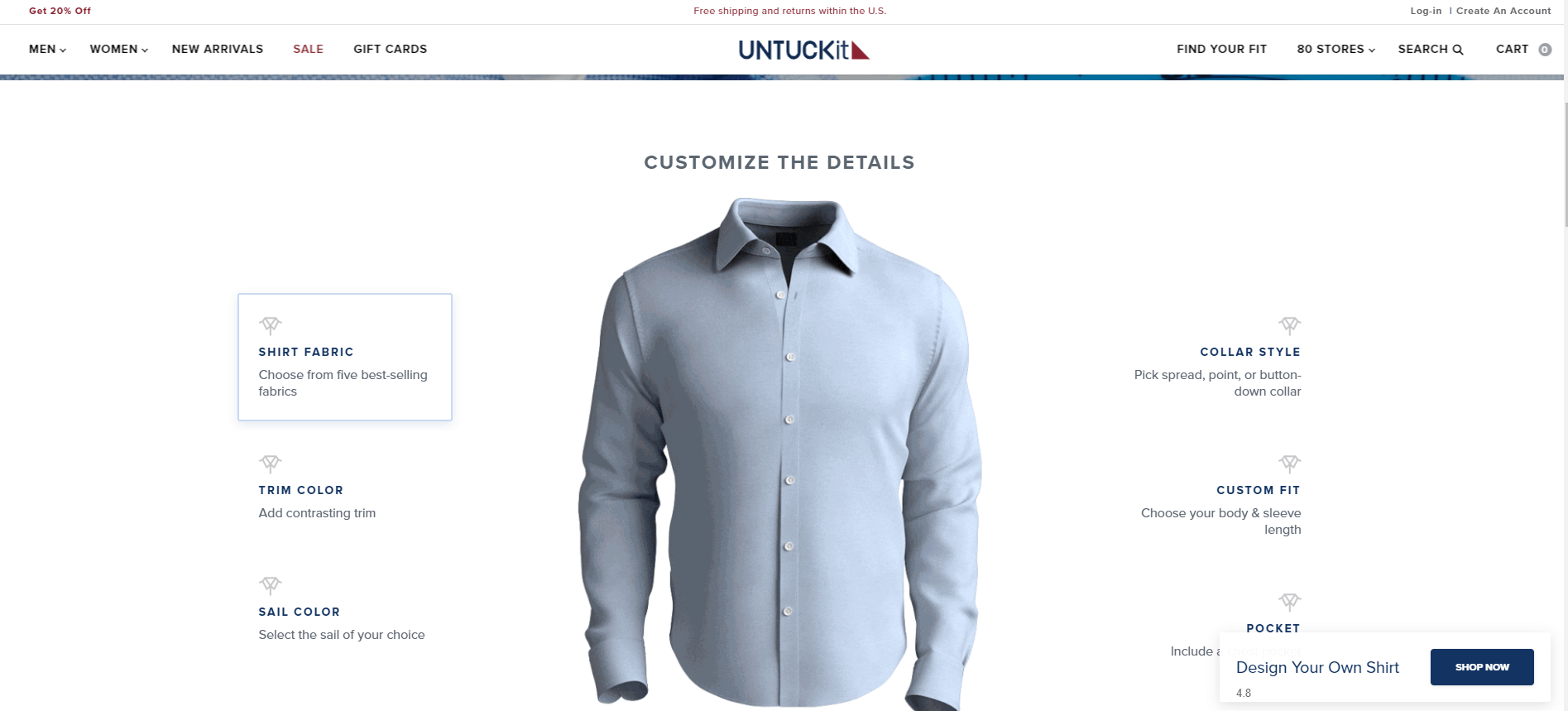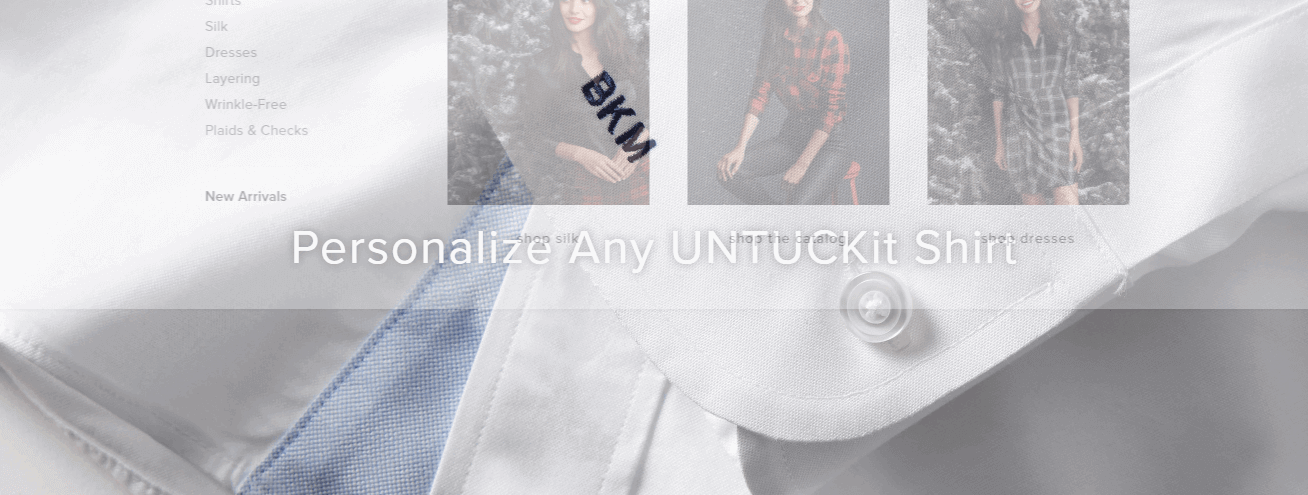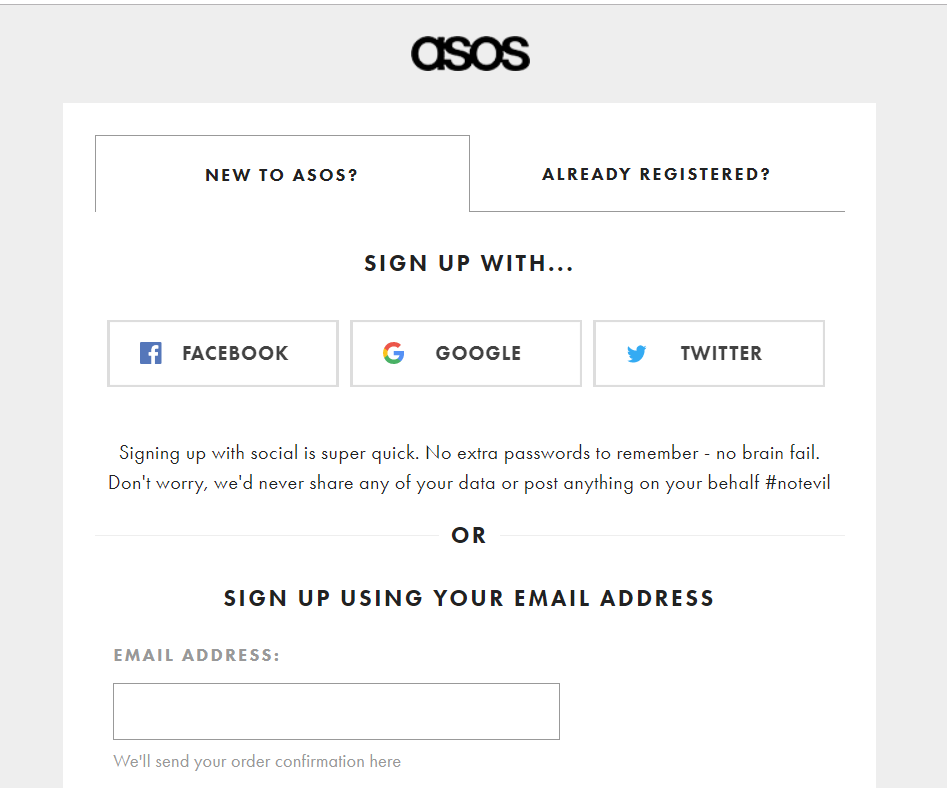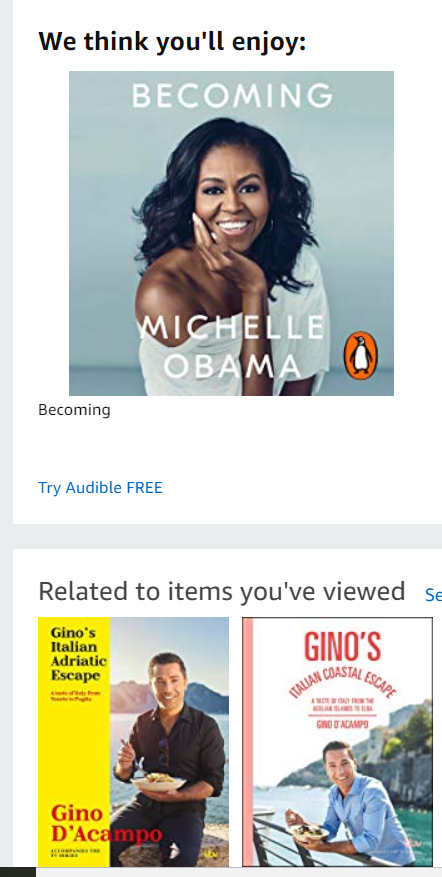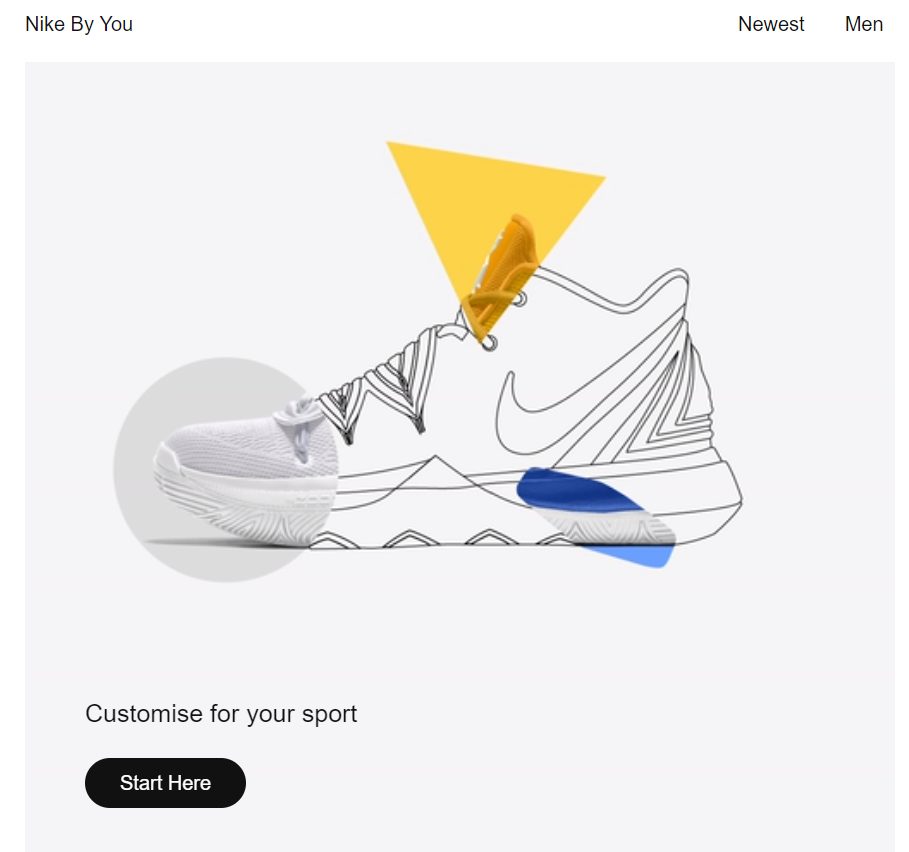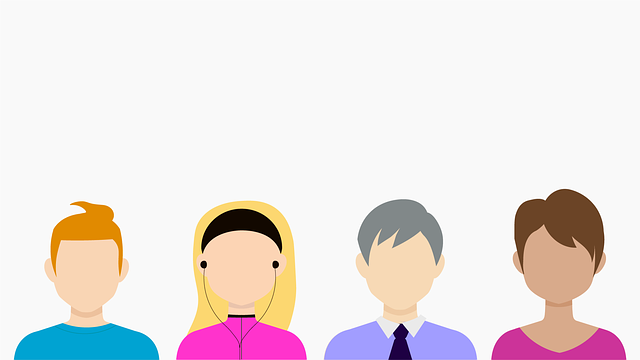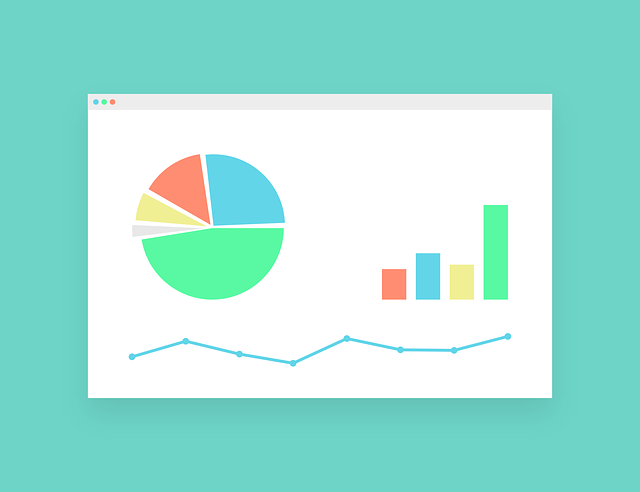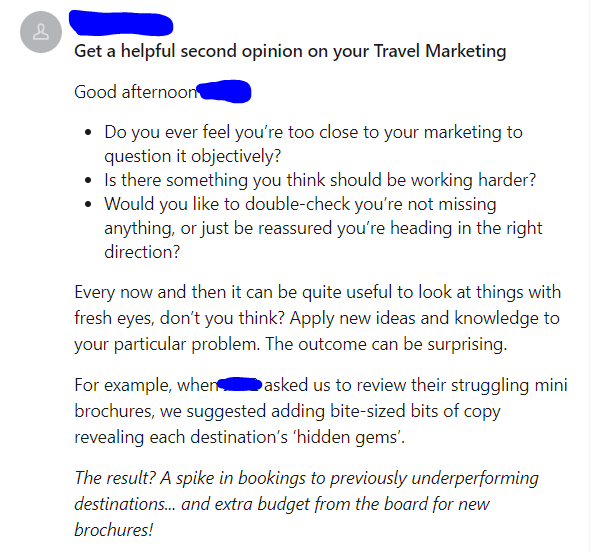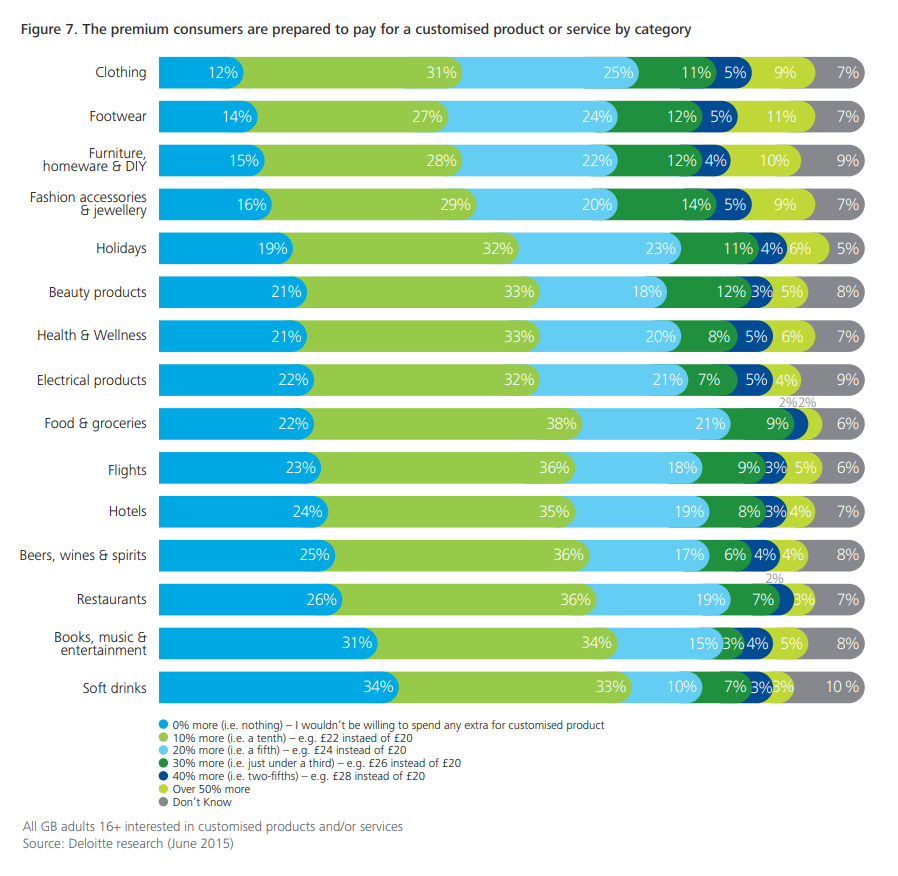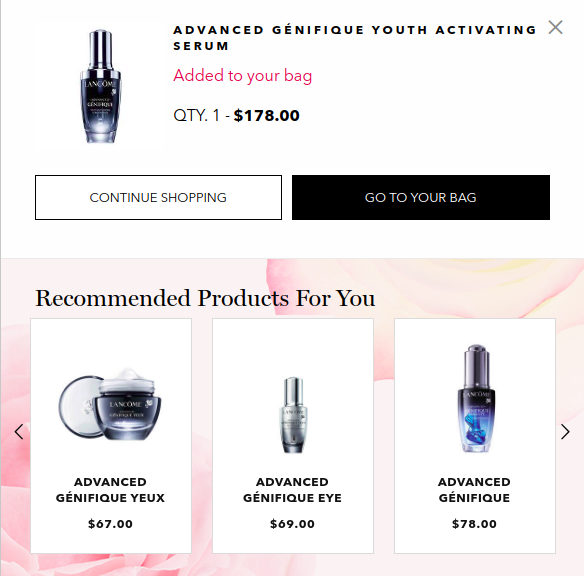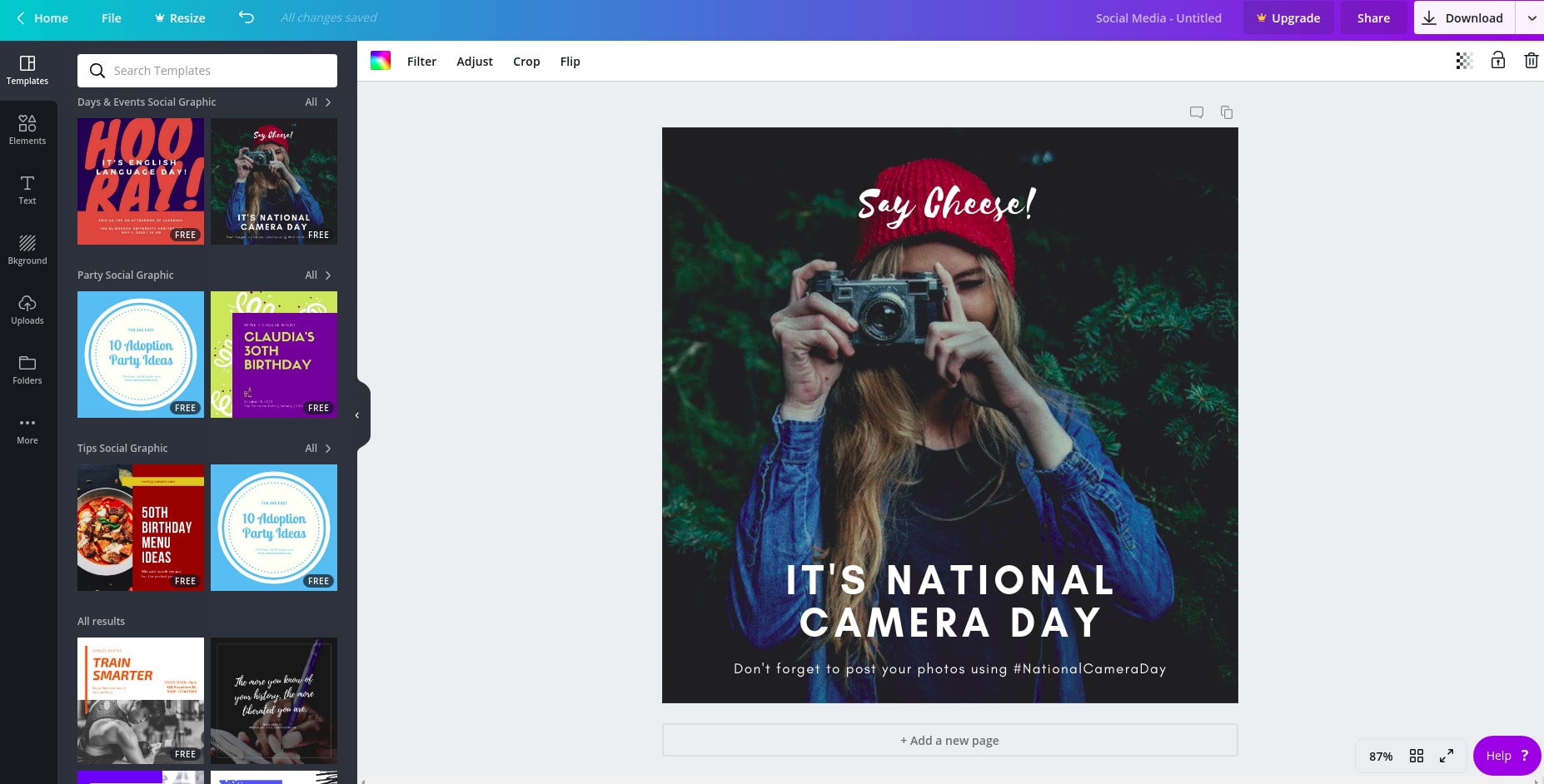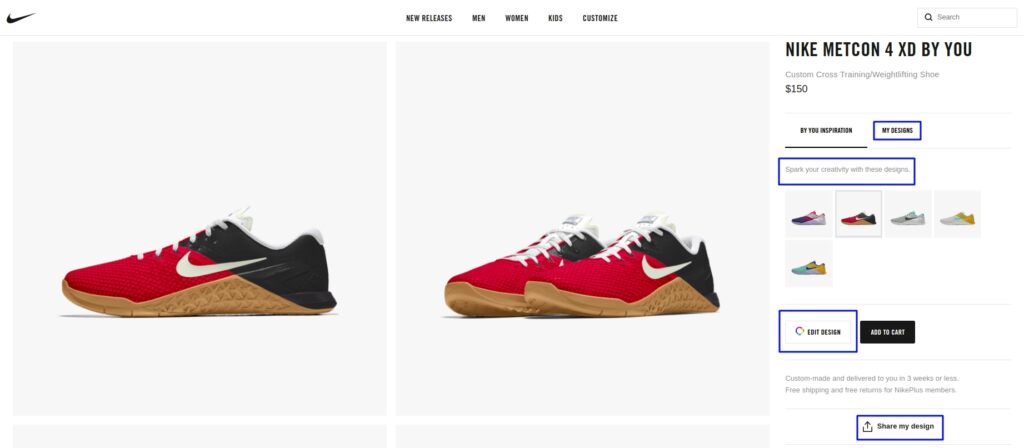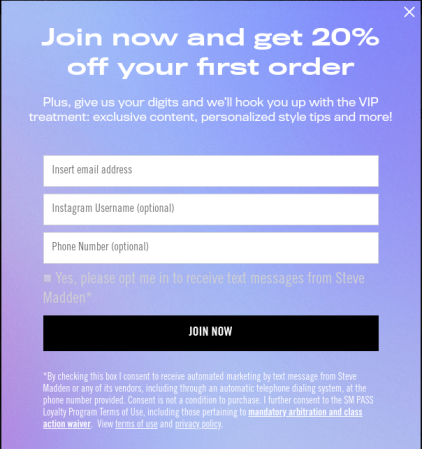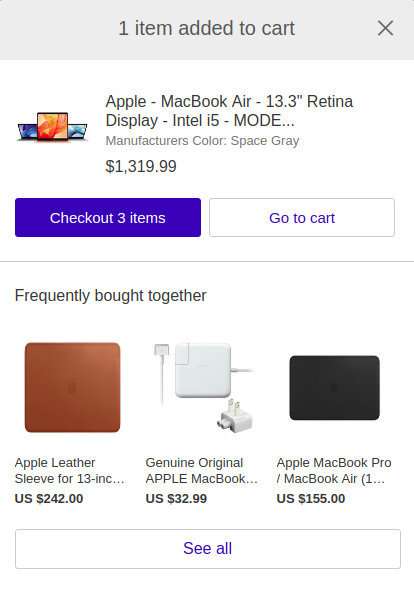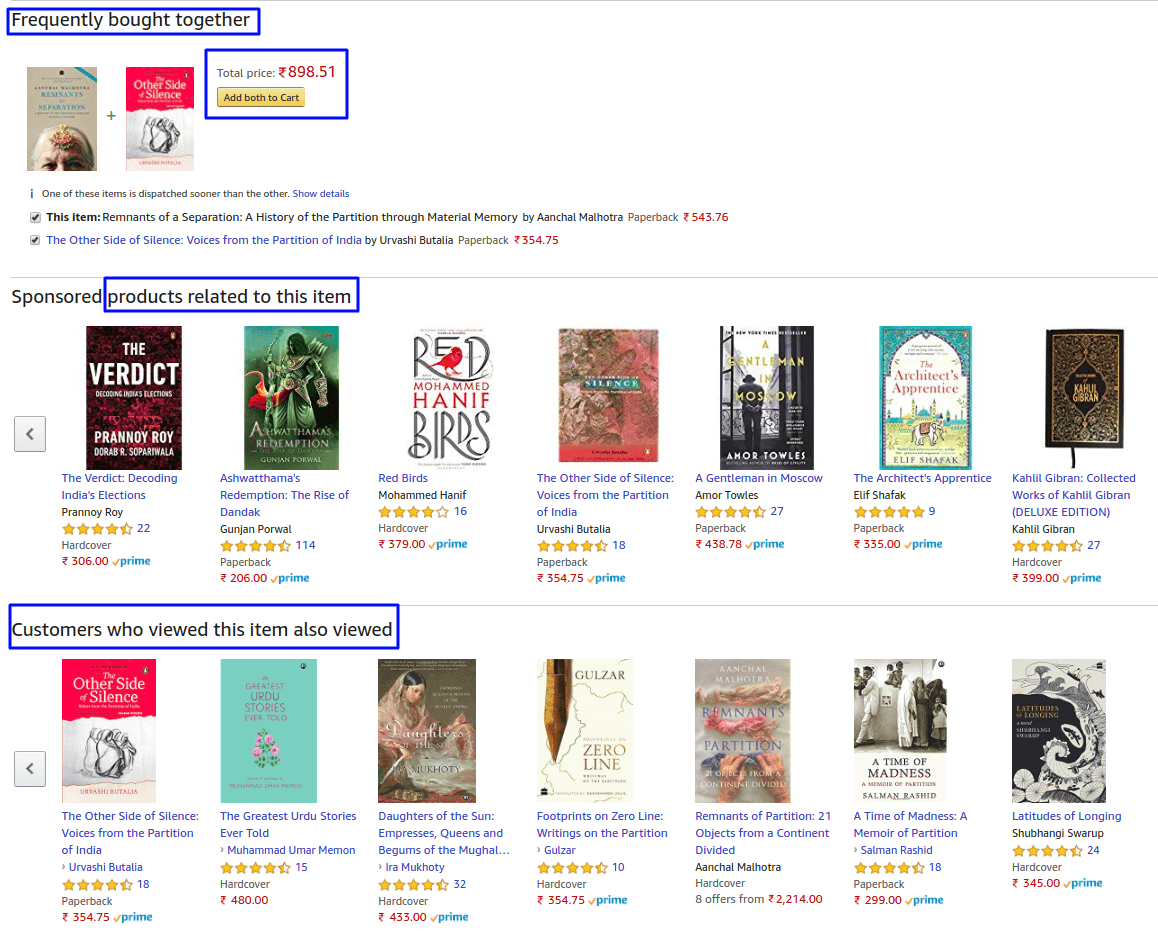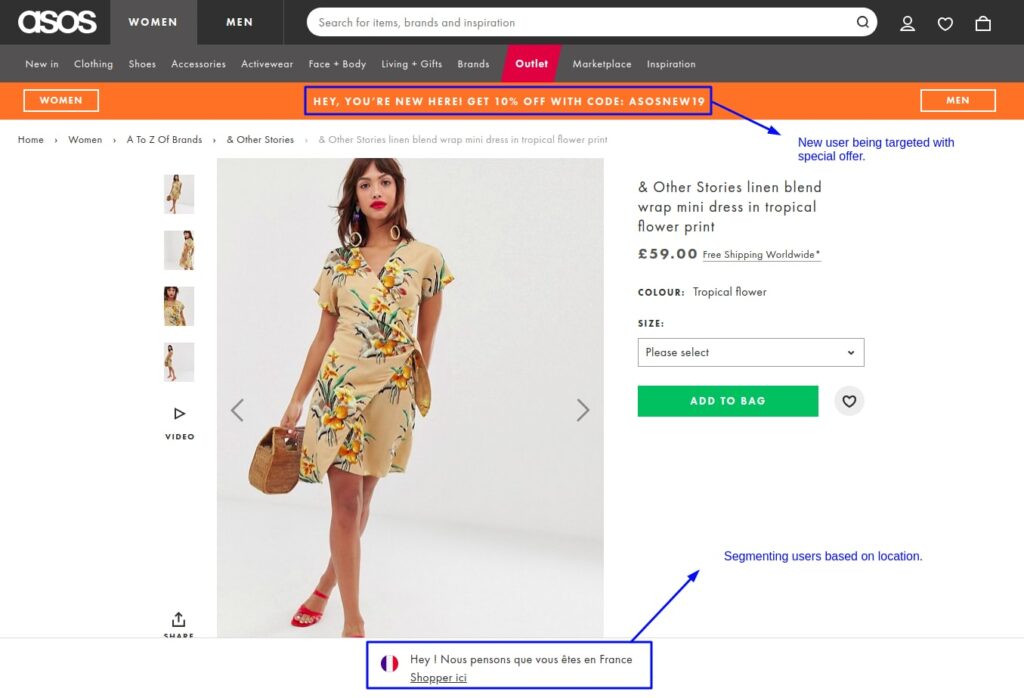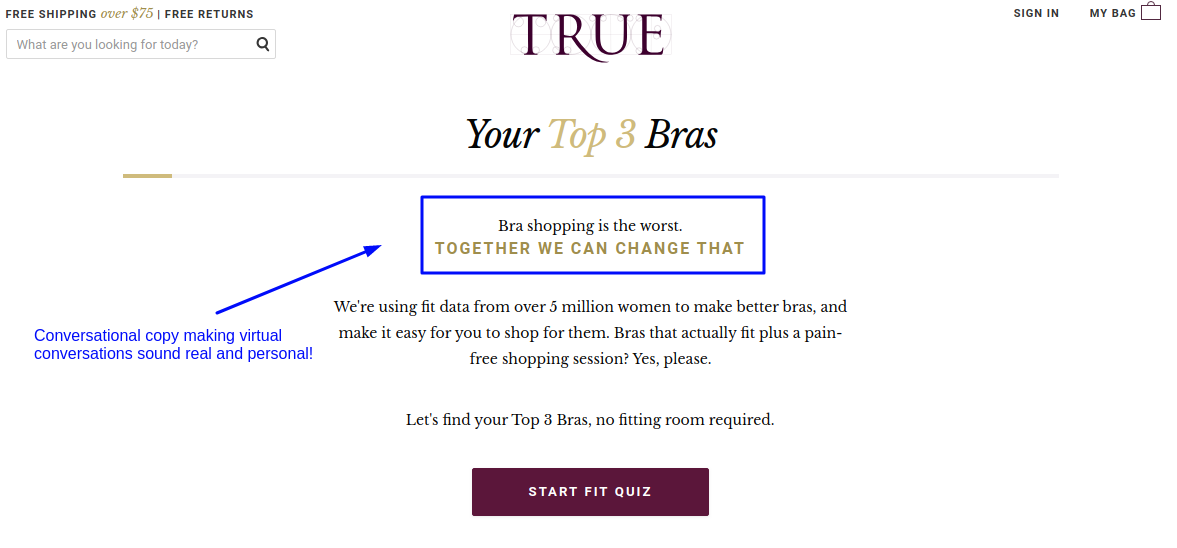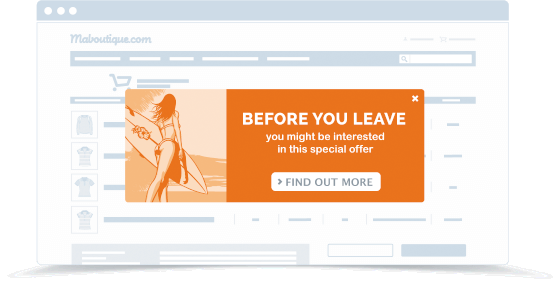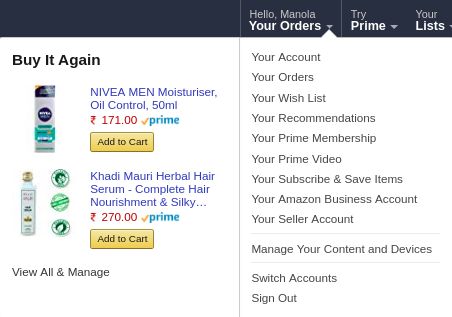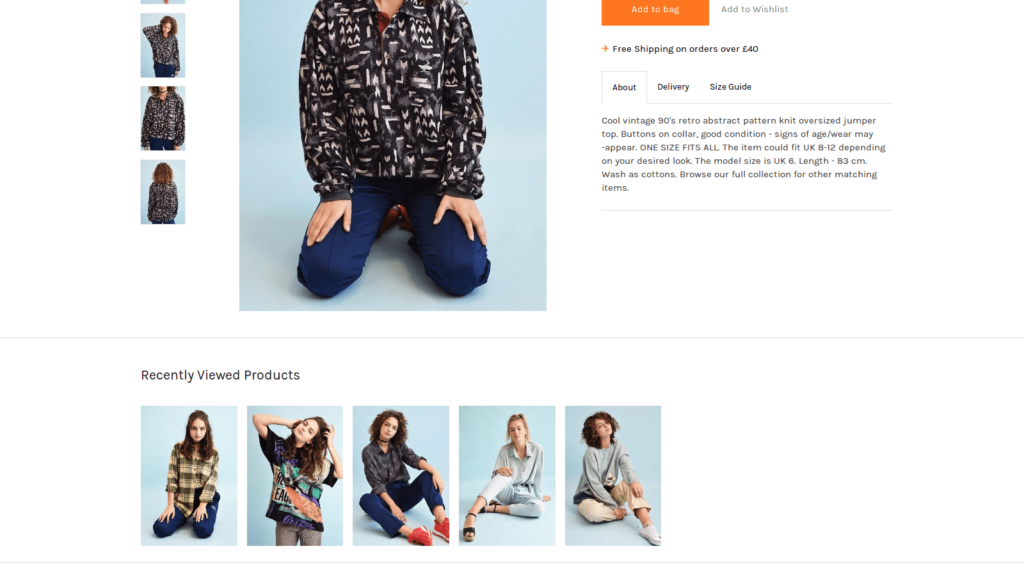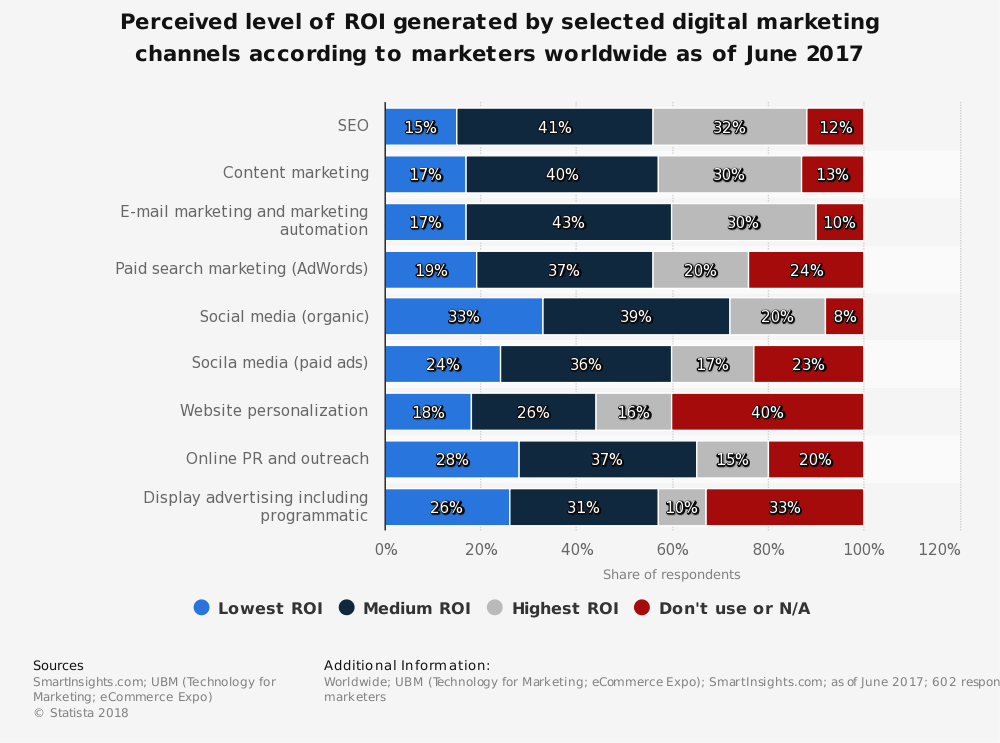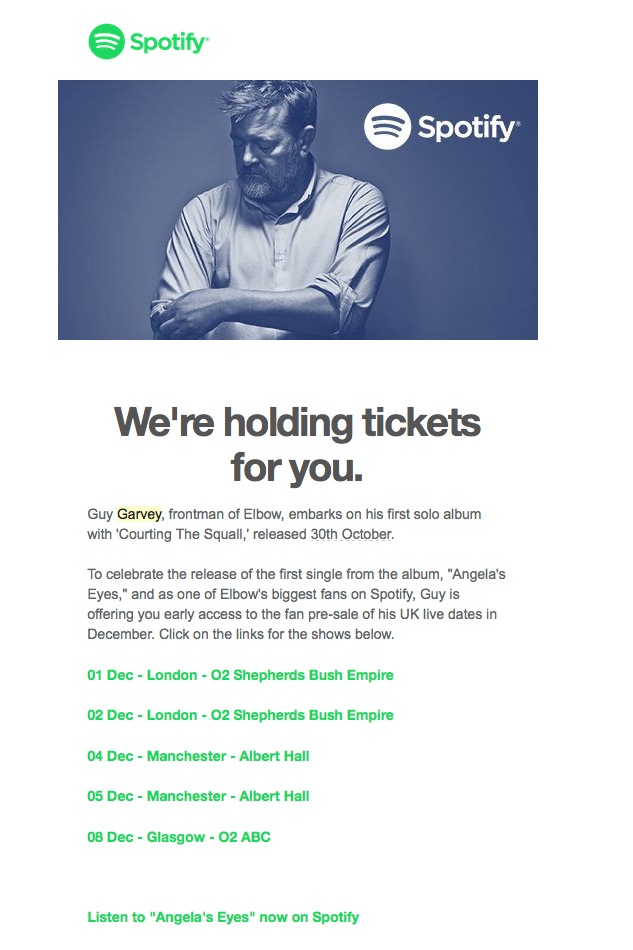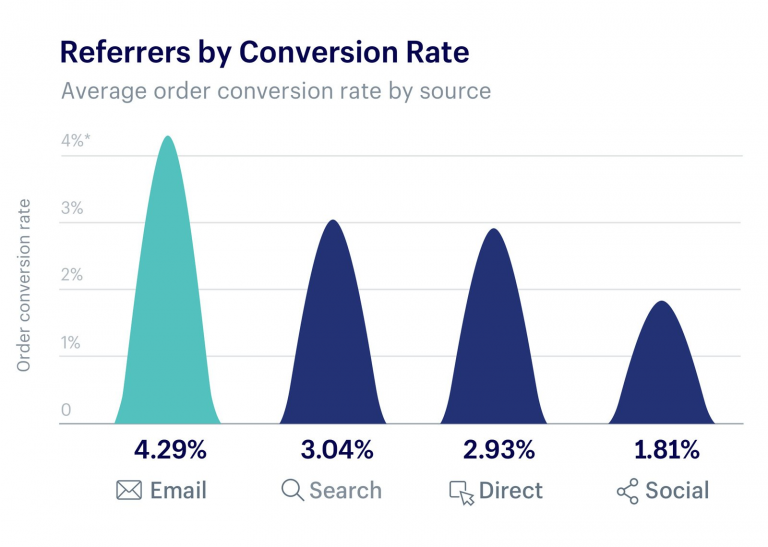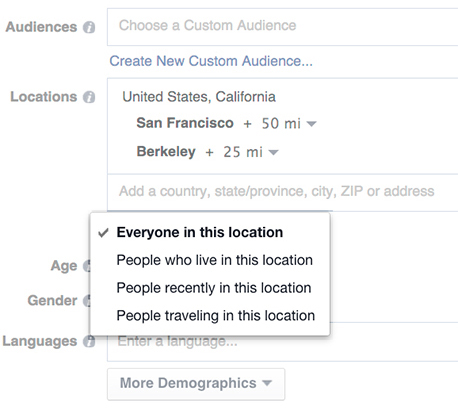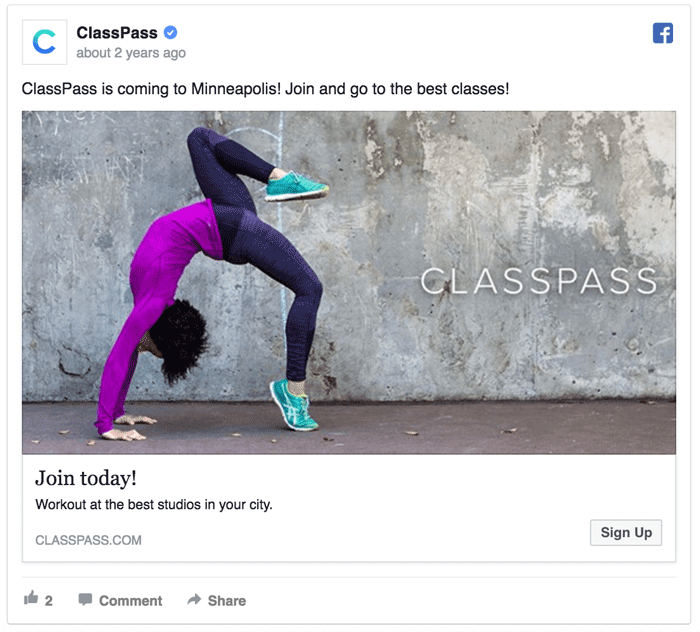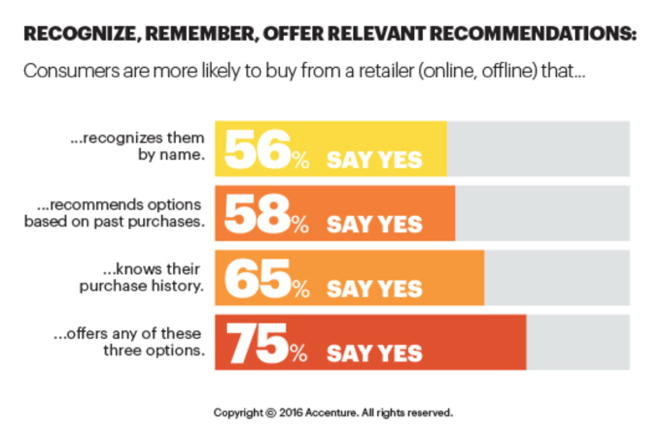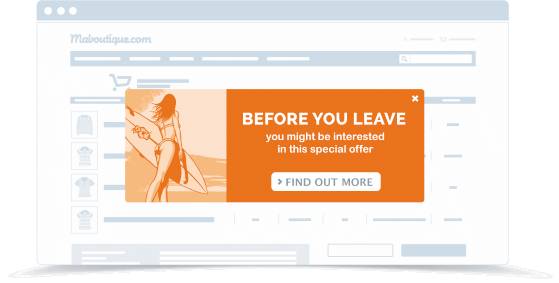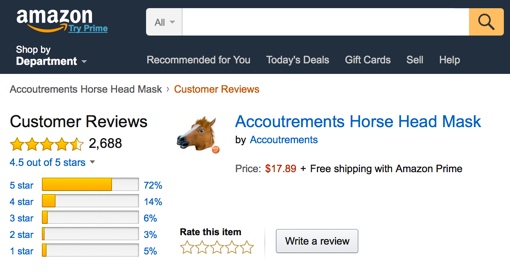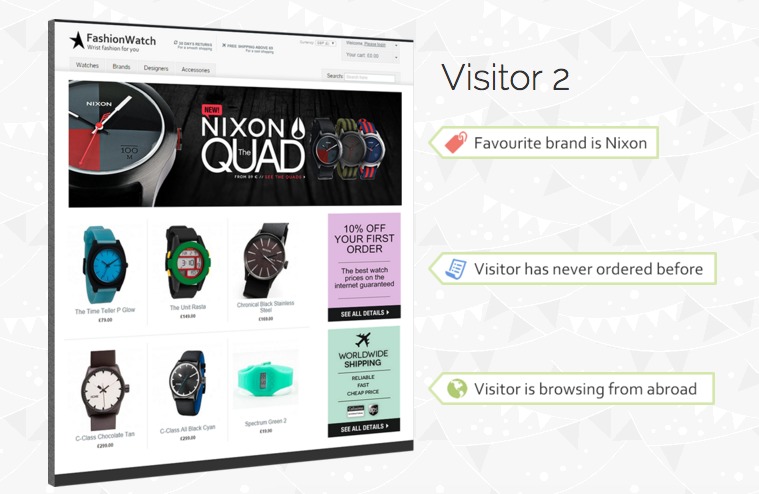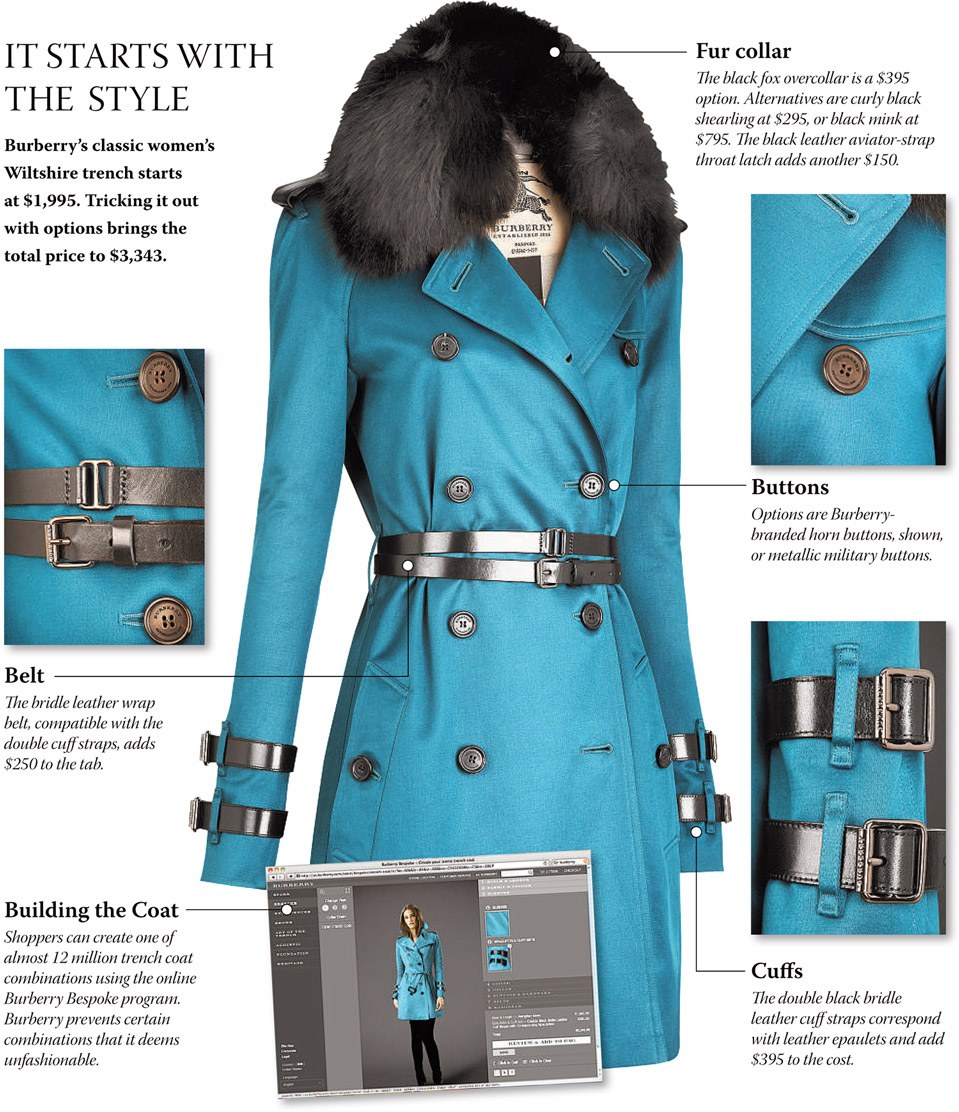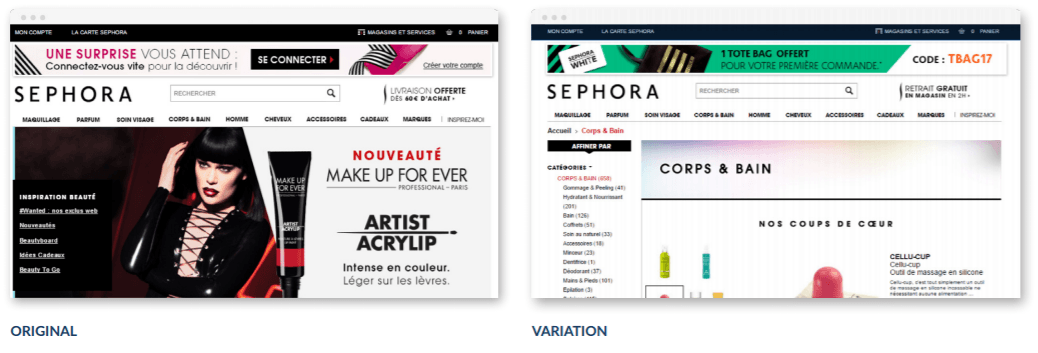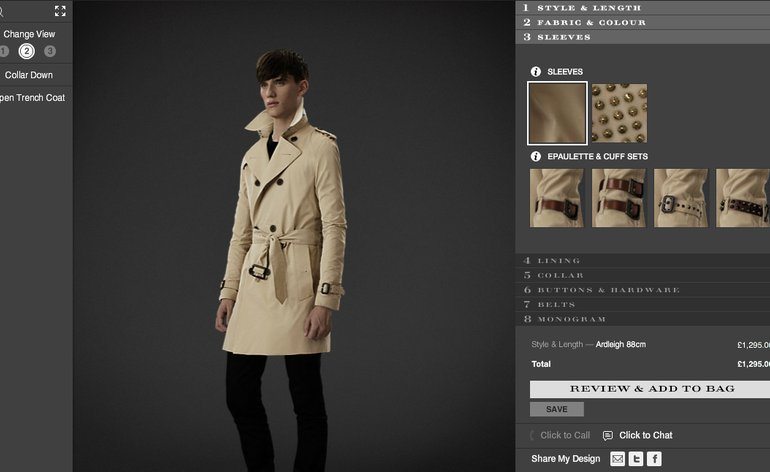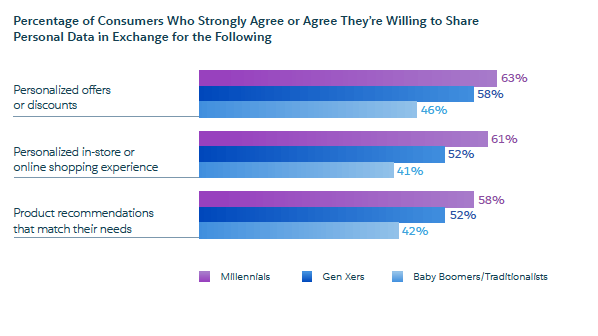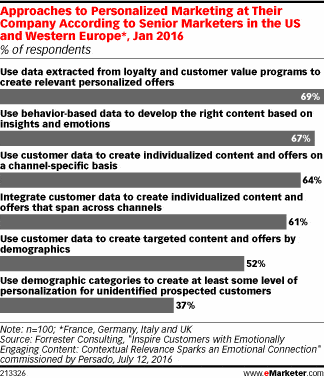Personas are one of the most important marketing tools a business has in the current age. It is broad enough that it does not require huge resources to implement in the way personalization does, yet specific enough to inform design teams and capture the attention and loyalty of customers. It requires creative thinking, hard data and a tacit understanding of customers traits, requirements and expectations.
What Is Persona
A customer persona is a broad, fictional character that a business creates from data related to their customer’s needs, wants, traits and goals. While a persona is not an actual person, it is based on real-world characteristics of a business’s customer base and can also include potential customers, depending on the research carried out.
Personas essentially narrow the parameters and refine the focus of business practices to suit the specific, yet broad needs of their customers. They do this by creating main groups that represent the major users of a website and what their needs are.
Persona Vs Cognitive Styles
There is some confusion between the definition of a cognitive style and that of a persona. This is further confused by the fact that few definitions of cognitive style are agreed upon and that there is some crossover between the concept and that of personas.
As previously described, personas are broad, fictitious characters that help define the parameters of certain aspects of a business and its targeted audience or customer base. Cognitive styles, on the other hand, is a thinking style, a personality trait if you will, that describes the way an individual might perceive specific information. As such, it is a lot more complex and individual. Unlike personas, cognitive styles are hard-wired and therefore unchanging. In practice, a persona has little to do with cognitive style, but cognitive styles can inform the creation of a persona, alongside other data.
Benefits Of Creating Personas
Creating personas has many benefits, providing the correct level of research has been carried out. In some ways, customer personas are a method of simplification.
Once a business understands the broad needs and expectations of its customers, it can act accordingly. This narrowing of the parameters can focus attention in the right areas with specified ideas.
For example, the design of a website, from its wireframe to even the color scheme, can be refined with the right type of data to hand, informing the entire design team of what is required. Meanwhile, new ideas can be refined and focused with customer needs in mind, rather than the hit or miss, typically miss, of implementing ideas on hunches and whims.
Types Of Personas
Customer personas are typically divided into types and are highly dependent on the goals of the business creating them. While there is a lot of crossover, not to mention debate, four of the most commonly defined types are:
- Goal Personas
- Role Personas
- Engaging Personas
- Fictional Personas
Goal Personas
One of the simplest, yet most important, is the goal-oriented persona. This is essentially predicting what the customer is looking for from a product or service. The goal-oriented persona is one that has already been defined to some degree, based on data. Goal-based personas are created in three ways. The persona itself (the type of person defined by the group), the scenario (which essentially describes the narrative of the interaction- where, how and why) and the goal itself, which is the persona’s motivation and needs.
Role Personas
One of the most data dependent of the four roles is the role persona. There is a lot of crossover with the goal persona in that it is highly behavioral, but it looks at it from a different perspective. In some ways, the role-based persona is a more empathetic perspective as it looks at the user’s role, rather than wants and issues they may face. For example, what does the persona’s role require? Exactly how will the product be used and in what environment? What are the pressures and requirement of the persona’s role in the day to day running of the business? This persona requires both qualitative and quantitative data, and as such it might need to be highly specific. In this sense, it can spill over into personalization, more on that later.
Engaging Personas
One of the pitfalls of creating personas is the tendency to drift into a stereotype. A stereotype is the practice of assumption, putting people, even groups, into neat boxes based on previously held ideas and not data, the exact opposite of personas. Engaging personas are, broadly speaking, a mix of the role and goal-based personas and are used by designers to fill out the persona to form a rounded character. The most empathetic of the types, engaging personas are created by describing the feelings and backgrounds while creating stories that help designers formulate ideas that engage customers on a more profound level.
Fictional Personas
While all personas are fictional in the sense that they are characters created that represent major groups, they are based on hard data. Fictional personas, instead, are those created by UX design and are based on their experience with customers. Fictional personas are always assumed to be flawed on a fundamental level due to the amount of assumption involved in their creation, but by engaging the design team in the decision process, some wisdom can be attained that would be unlikely to show up in the data.
How To Create Personas?
It is one thing understanding how personas work, but quite another understanding of how to create personas. As with anything that appears complex at the start, taking it step-by-step is key.
Where To Start?
Customer Personas should be created at the very beginning of a project. This does require some planning, but like the much-used analogy of house building, the foundations should be the first thing that is built, not the roof.
As is generally the case with planning at the start of a project, defining the goals is important. This, in turn, will define what type and how many personas will be required. Each project is unique, but the one hard and fast rule regarding personas is sticking to the major audience groups for the site. It should also be remembered that personas are not individuals, rather they are fictionally created individuals that represent these major groups.
From here on it is all about research. Find out:
- What are your customers’ behaviors?
- Who are they?
- Why are they using your website?
- What are their expectations?
What Does A Customer Persona Consist Of?
Each customer persona consists of various traits, what these are will depend to some degree on the business, the goals of the project and the purpose of the website. There are, however, some tried and tested elements that remain ubiquitous when creating personas.
Firstly, there is the persona group, which can include the job role, as described earlier. This will include responsibilities and issues the person might face in their day to day life. Another important factor will be demographics. This includes age, ethnicity, gender, identity and marital status. Goals are a mainstay in persona creation as they refine the previously mentioned inherent and status-based traits and personalize them further, allowing you to create a more accurate persona. Lastly, the environment can be a large factor, particularly if the service is international.
Best Practices When Creating Buyer Personas
Although each project might be different, there are some best practices that are relevant for just about every project. To begin with, while personas are fictional, making them as real as possible, and therefore as relatable as possible, means that it will help the design team create and relate to the persona they are producing the website for.
Typically, it is best practice to create three to five personas per project (occasionally up to seven) as this number provides the range of traits that is required to truly represent actual and potential customers.
One of the most common mistakes when it comes to creating personas is to drift into stereotyping. This is understandable to some degree as it is an attempt to deal with general traits rather than individual ones. As previously mentioned, stereotypes are assumptions, unthinking and informed by bias, both implicit and explicit. Generalizations, however, are not explicitly stereotypes, and in the case of personas, are informed by hard data.
Examples
Each persona should be given a name to which they are referred to. You can also add a generic profile picture that represents the persona in a broad sense.
The persona should be rounded and believable, but that does not mean they need to be complex psychological profiles. Personas range from rather broad to highly detailed, but they should never be beyond the understanding of your team or your customer’s comprehension. It is therefore best to avoid being too personal.

Note the use of a profile picture to engender an empathy with the character.

The detailed purchasing behavior section helps Ecommerce professionals create concise but detailed information to inform on a more profound level.

Personas can help a business relate to groups that are not necessarily their own. In this way, a business can be informed about Millennial customers, whether or not they are of the same generation.
How To Use Personas
After creating buyer personas, the next step is to implement them. This involves avoiding some pitfalls that can derail the entire project, or at least make the endeavor a waste of time and resources.
The first obstacle often occurs before the project has gotten going. For some, there is an inherent mistrust of personas, typically by stakeholders or management who believe that humans cannot be defined by the broad strokes that are part of the practice of creating personas. This in itself is a misunderstanding: personas are not meant to appear as individual, like with personalization techniques, but are instead helpful parameters within which ideas can be focused. One way in which this can be avoided is by showing the vast amount of data that goes into creating each persona and the thought processes that create them.
Fundamentally misunderstanding what a persona is and how it should be implemented is particularly toxic when it comes to the UX design team. One of the worst practices when implementing personas is attempting to use a previously successful persona wholesale for a new project. This is the equivalent of forcing a square peg into a round hole, it simply won’t work. Personas may be broad and representative, but they are also unique.
Personas In Web Personalization
As previously mentioned, personas are not personalization. Although there is some crossover between the two, and their goals are similar, when looking at the detail of the nitty gritty, it is clear the two are opposites of sorts. That being said, personas can be a hugely helpful first step in understanding the complex world of personalization, and, more importantly, a first step in its direction.
How Can Personas Be Used In Personalization?
Because personalization is a multi-levelled concept to implement, starting along the road to its full implementation is often a productive way to start. Personas are a great way to do this as they specify the practice without getting into the complex details inherent in personalization, such as minute data, privacy rules and content.
It would be helpful at this point to note the differences between personas and segmentation. Personalization audience segmentation is another step on the ladder towards personalization. It is more specific then a persona, and therefore more complex and granular in its use of data. For example, a persona might describe certain traits and needs of a group (wants information on vegan food products) while segmentation will divide this group further (wants information on organic or gluten free vegan products).
The Persona’s Life Cycle
Customer personas are not the scaffolding of the house, they are the decoration, and as such, they need to change with the times. Many things can affect a persona’s life cycle, changes in technology, fashion, economics and demographics can all require changes in the persona profiles. Therefore, it is essential to stay on top of any changes that might be required.
The Persona Based Concept Of Service Mass Customization
Mass customization has grown enormously in recent years, offering customers the chance to modify products to suit their needs and tastes, and is particularly popular within the fashion retail sector. However, it is growing as a concept as more and more people seek to “Personalize” as an expression of individuality.
Personas are one of the main tools for creating mass customization platforms as they are specific enough to inform, yet broad enough to maintain a sense of individuality. Personas can be created to narrow the parameters of a mass customization platform to make it manageable for the manufacturer, while still providing the choice that customers crave in 2018.
 Sarah Davis
Sarah Davis







